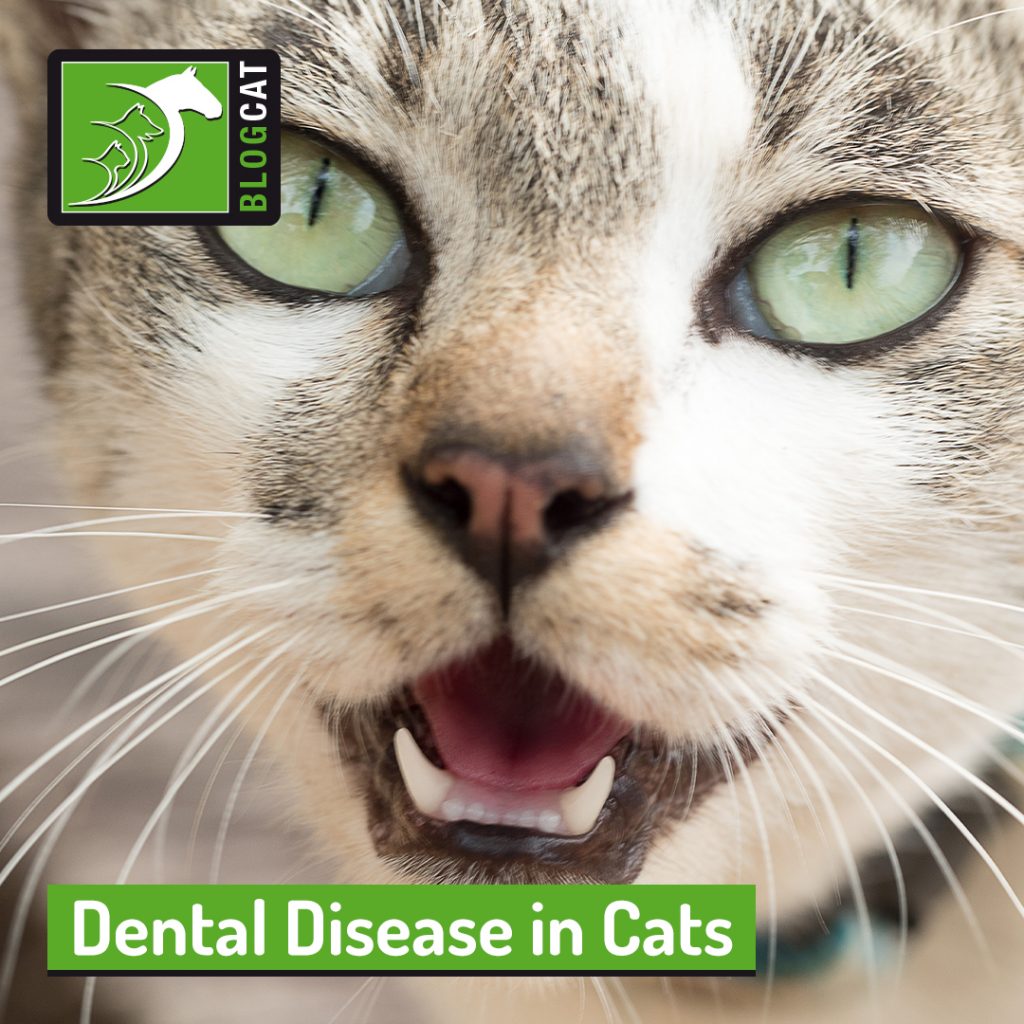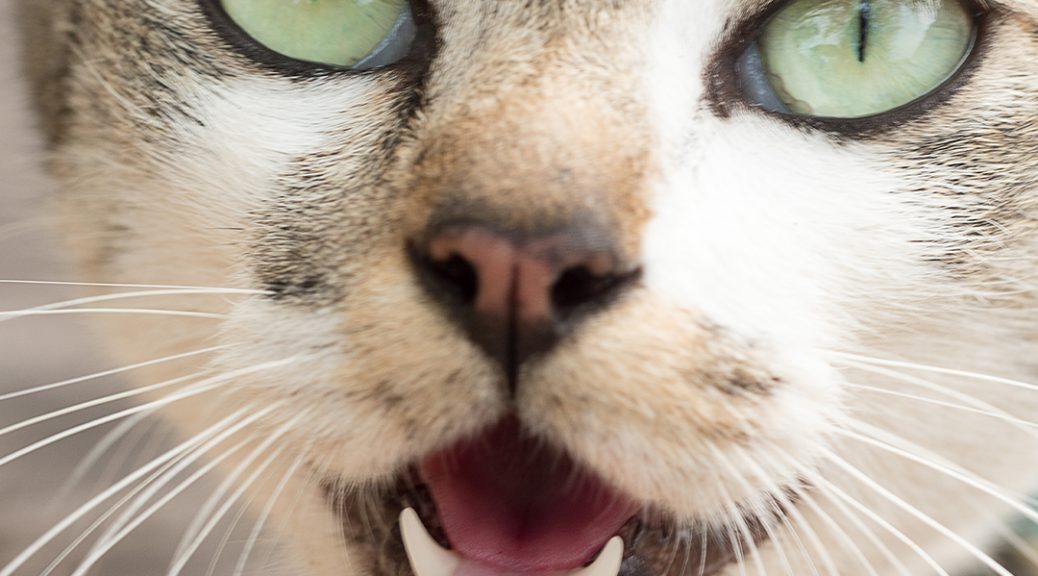 Did you know that February is Pet Dental Health Month?
Did you know that February is Pet Dental Health Month?
Dental disease is one of the most common medical conditions seen by vets. Cats, in particular, are very stoical by nature, so they very rarely show symptoms of dental disease; however, researchers have found that over half of all cats over the age of three have some form of dental disease.
What is dental disease?
Dental disease starts with the accumulation of plaque, a film of bacteria that develops on the surface of a cat’s teeth. This happens to humans as well, but the build-up is normally interrupted when we brush our teeth. In cats, as it builds up, the plaque becomes thicker and eventually forms a soft yellow/grey substance that covers the tooth surface.
This formation causes gingivitis (an inflammation of the gums surrounding the teeth) which, over time, affects the ligaments surrounding the teeth. This, in turn, will eventually lead to permanent tooth loss. It can also be extremely painful.
Signs of periodontal disease include pawing at the mouth, jaw chattering, head shaking, chewing with obvious discomfort, dropping food, excessive drooling, and smelly breath. If you notice any of those signs in your cat, please contact your vet.
How can we prevent dental disease?
The good thing is that periodontal disease can be prevented! Brushing your cat’s teeth can help remove plaque and prevent build up. We do appreciate that this is not always easy and can be difficult to start if not done from a young age. There are specifically formulated diets that can also help reduce the build-up of plaque.
Dental checks and treatment can help
Dental disease is another reason for your pet to visit the vet for annual check-ups. Your vet will examine their teeth and advise if treatment is needed. This can be in the form of a dental procedure under a general anaesthetic. Whilst this can sometimes seem scary, your vet will be able to descale and polish your cat’s teeth, identify any problems this uncovers, take X-rays to check parts of the teeth that can’t be seen with the naked eye, as well as removing any permanently damaged teeth. This will result in them feeling much better. Vets can also provide more advice for preventative care.
The important message, however, is that most dental conditions in cats are preventable, and treatment can result in your cat feeling happier and more comfortable.
In Summary:
- Dental Disease is classed as the continued build-up of plaque until it causes gingivitis.
- Gingivitis affects the ligaments surrounding the teeth.
- This can lead to permanent tooth loss and be extremely painful.
- It can be prevented with tooth brushing and specifically formulated diets.
- Every dental condition can be treated.
